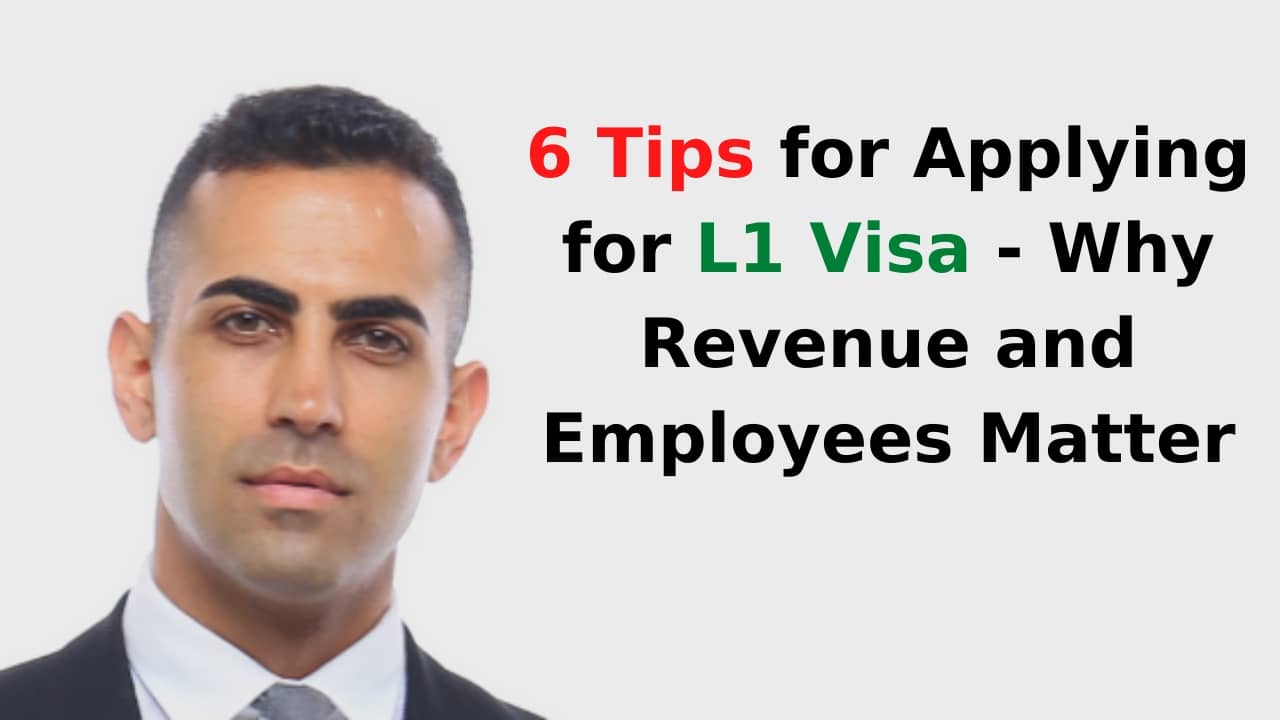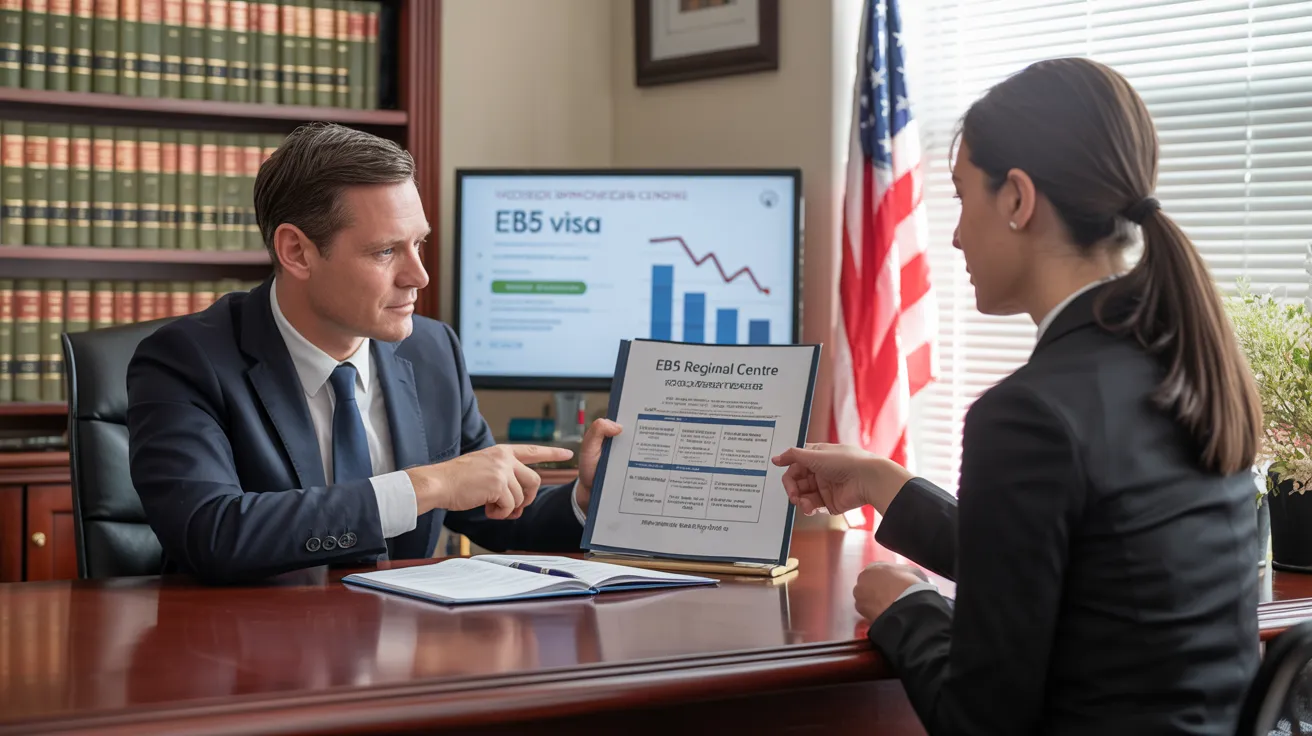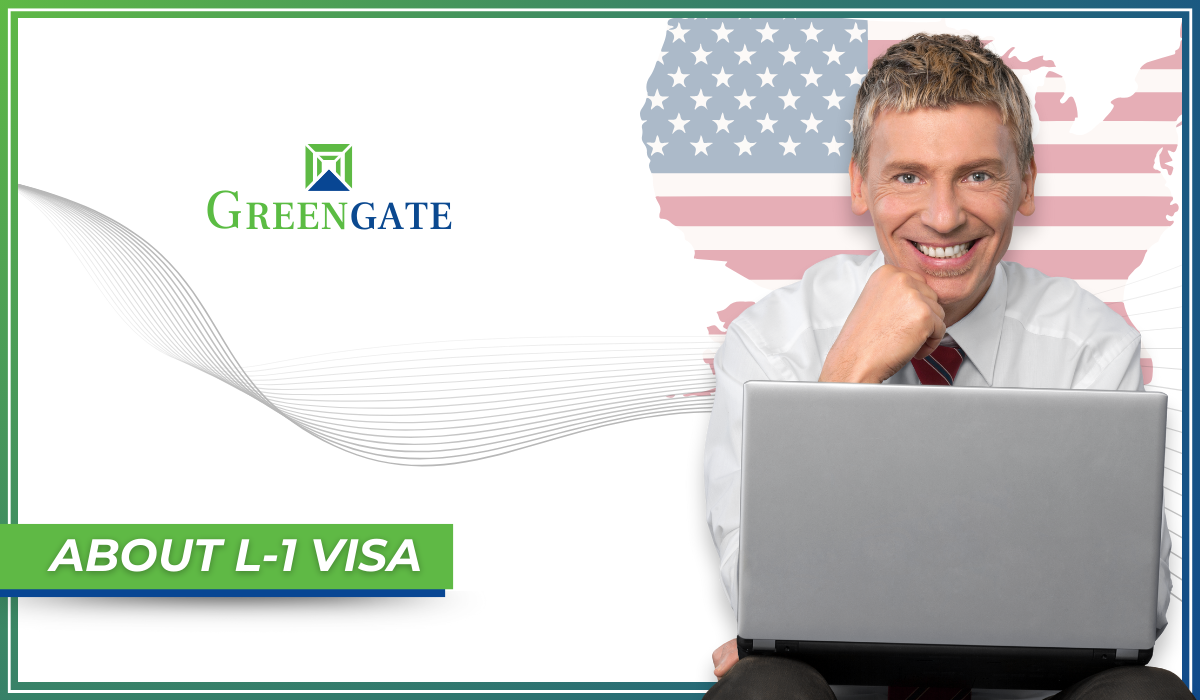Not known Incorrect Statements About L1 Visa
Table of ContentsHow L1 Visa can Save You Time, Stress, and Money.The Basic Principles Of L1 Visa The Ultimate Guide To L1 VisaA Biased View of L1 VisaSome Of L1 VisaWhat Does L1 Visa Mean?
Available from ProQuest Dissertations & Theses Global; Social Science Costs Collection. DHS Workplace of the Assessor General. Obtained 2023-03-26.
U.S. Division of State. Gotten 2023-02-08. Tamen, Joan Fleischer (August 10, 2013).
Getting My L1 copyright Work
In order to be qualified for the L-1 visa, the international business abroad where the Recipient was utilized and the united state business need to have a certifying partnership at the time of the transfer. The various types of qualifying relationships are: 1. Parent-Subsidiary: The Parent implies a company, corporation, or various other lawful entity which has subsidiaries that it has and regulates."Subsidiary" means a company, company, or various other legal entity of which a moms and dad has, straight or indirectly, more than 50% of the entity, OR owns less than 50% but has administration control of the entity.
Firm An owns 100% of the shares of Company B.Company A is the Moms And Dad and Company B is a subsidiary. There is a qualifying partnership in between the two companies and Company B should be able to sponsor the Beneficiary.
Firm A has 40% of Firm B. The staying 60% is possessed and regulated by Firm C, which has no relationship to Business A.Since Business A and B do not have a parent-subsidiary relationship, Company A can not sponsor the Beneficiary for L-1.
Business An owns 40% of Business B. The staying 60% is had by Firm C, which has no connection to Firm A. However, Company A, by formal contract, controls and full handles Firm B.Since Firm An owns much less than 50% of Business B but manages and manages the business, there is a certifying parent-subsidiary partnership and Company A can sponsor the Recipient for L-1.
All about L1 Visa
Firm B is incorporated in the U.S.
L1 Visa Fundamentals Explained

The L-1 visa is an employment-based visa classification established by Congress in 1970, allowing multinational companies to transfer their managers, execs, or key personnel to their United state operations. It is frequently referred to as the intracompany transferee visa.

Furthermore, the recipient has to have functioned in a managerial, exec, or specialized staff member position for one year within the 3 years preceding the L-1A application in the foreign company. For new workplace applications, international employment should have remained in a managerial or executive capability if the recipient is involving the United States to function as a supervisor or exec.
Little Known Facts About L1 Visa.

If given for an U.S. company functional for more than one year, the initial L-1B visa contact us is for up to explore your L1 Visa three years and can be extended for an additional two years (L1 Visa). On the other hand, if the U.S. business is freshly developed or has been functional for less than one year, the preliminary L-1B visa is issued for one year, with expansions available in two-year increments
The L-1 visa is an employment-based visa category developed by Congress in 1970, allowing international business to transfer their supervisors, executives, or vital personnel to their united state operations. It is generally referred to as the intracompany transferee visa. There are two primary kinds of L-1 visas: L-1A and L-1B. These types appropriate for employees worked with in various settings within a firm.
Not known Facts About L1 Visa
Additionally, the recipient has to have worked in a supervisory, executive, or specialized worker placement for one year within the three years coming before the L-1A application in the foreign business. For new office applications, foreign work needs to have remained in a managerial or executive capacity if the recipient is coming to the United States to function as a supervisor or exec.
for approximately seven years to supervise the operations of the U.S. associate as an exec or supervisor. If released for a united state company that has actually been functional for more than one year, the L-1A visa is initially given for as much as three years and can be expanded in two-year increments.
If given for an U.S. business operational for greater than one year, the initial L-1B visa is for up to 3 years and can be prolonged for an additional two years. Conversely, if the U.S. firm is freshly developed or has actually been operational for less than one year, the first L-1B visa is provided for one year, with extensions readily available in two-year increments.